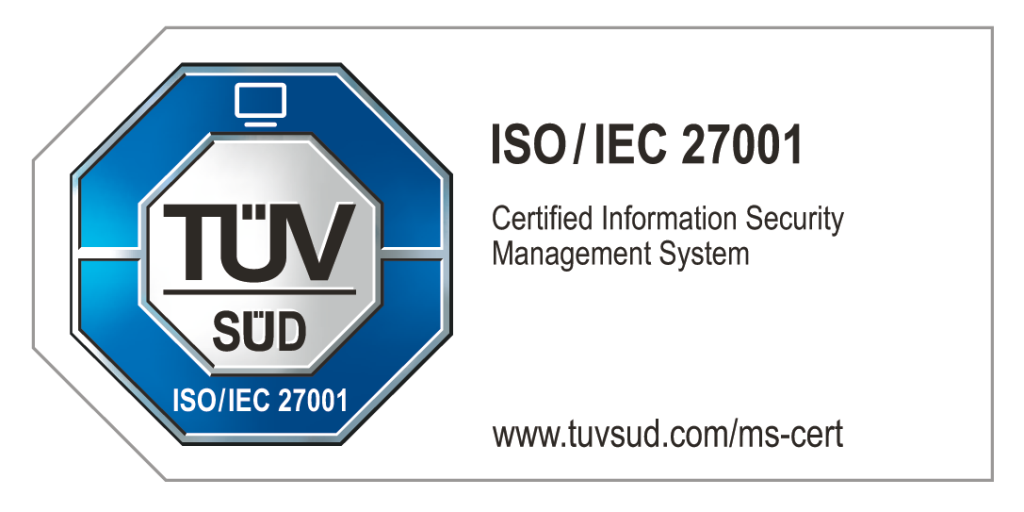Cost optimizing for the public cloud is essential for efficient operations. In a comprehensive study, McKinsey found that companies migrating to the cloud with proper cost management strategies can save up to 30% on IT costs. By focusing on resource management and leveraging cloud-native tools, these companies optimized their cloud expenditures, resulting in substantial cost savings and improved performance.
While the public cloud offers significant benefits in terms of scalability, flexibility, and innovation, managing costs effectively is a critical aspect that cannot be overlooked. This article delves into key strategies for optimizing costs in public cloud environments, including resource management, right-sizing, and leveraging cloud-native tools for cost control.
Resource Management: The Foundation of Cost Optimizing for the Public Cloud
Efficient resource management is the cornerstone of cost optimization in the public cloud. It involves monitoring and managing cloud resources to ensure they are used effectively and without waste. One effective approach is to implement automated monitoring tools that provide real-time insights into resource utilization. These tools can identify underutilized resources, enabling businesses to reallocate or shut them down, thus avoiding unnecessary costs.
For instance, utilizing services like AWS CloudWatch or Azure Monitor can help track resource usage and set up alerts for when usage exceeds predefined thresholds. Additionally, implementing policies for automatic scaling can ensure that resources are provisioned only when needed, scaling up during peak times and scaling down during off-peak hours.
Right-Sizing: Matching Resources to Workloads
Right-sizing involves adjusting the size of cloud resources to match the actual requirements of workloads. Over-provisioning resources can lead to significant cost overruns, while under-provisioning can impact performance. Therefore, finding the right balance is crucial.
Conducting regular performance assessments and using tools like AWS Trusted Advisor or Azure Advisor can provide recommendations for optimizing instance sizes based on historical usage patterns. These tools analyze resource utilization and suggest more cost-effective instance types or configurations. By continuously right-sizing resources, businesses can ensure they are not paying for more than what they need.
Leveraging Cloud-Native Tools for Cost Control
Public cloud providers offer a plethora of native tools designed to help businesses manage and optimize costs. These tools provide detailed visibility into spending and offer various features to control and reduce costs.
For example, AWS Cost Explorer and Azure Cost Management + Billing allow businesses to analyze spending patterns, set budgets, and forecast future costs. These tools can be used to create custom reports that highlight areas of excessive spending and opportunities for savings. Additionally, using reserved instances or savings plans can provide significant discounts compared to on-demand pricing, making them an attractive option for predictable workloads.
More and Security Flexibility in Managed SD-WAN Connectivity
ULAP’s managed SD-WAN solutions can transform public cloud connectivity to function like a private network, ensuring high levels of performance, security, and reliability. Here’s how:
- Dedicated or Isolated Resources: Guarantee consistent performance and security, closely mimicking the isolation and control of a private network.
- Advanced Security Measures: Incorporate encryption and secure tunneling to protect data as it traverses the internet, ensuring security levels similar to private networks.
- Intelligent Path Control and Automatic Failover: Ensure high availability and reliability by seamlessly switching to backup connections if the primary path fails.
These features collectively enhance public cloud connectivity, making it more secure, reliable, and performant, akin to a private network. This approach combines the flexibility and scalability of the public cloud with the security and reliability of a private network.
Final Thoughts on Cost Optimizing for The Public Cloud
Cost optimization in the public cloud is an ongoing process that requires continuous monitoring, analysis, and adjustment. By implementing effective resource management practices, right-sizing cloud resources, and leveraging cloud-native cost control tools, businesses can achieve significant savings and enhance their overall cloud strategy. As cloud technology continues to evolve, staying proactive in cost management will be key to maximizing the value derived from public cloud investments.
For more detailed insights on cloud cost optimization, explore this comprehensive McKinsey report and the Accenture case study.
Learn more about our cloud services at ULAP Public Cloud, ULAP Private Cloud and ULAP Hybrid Cloud.

